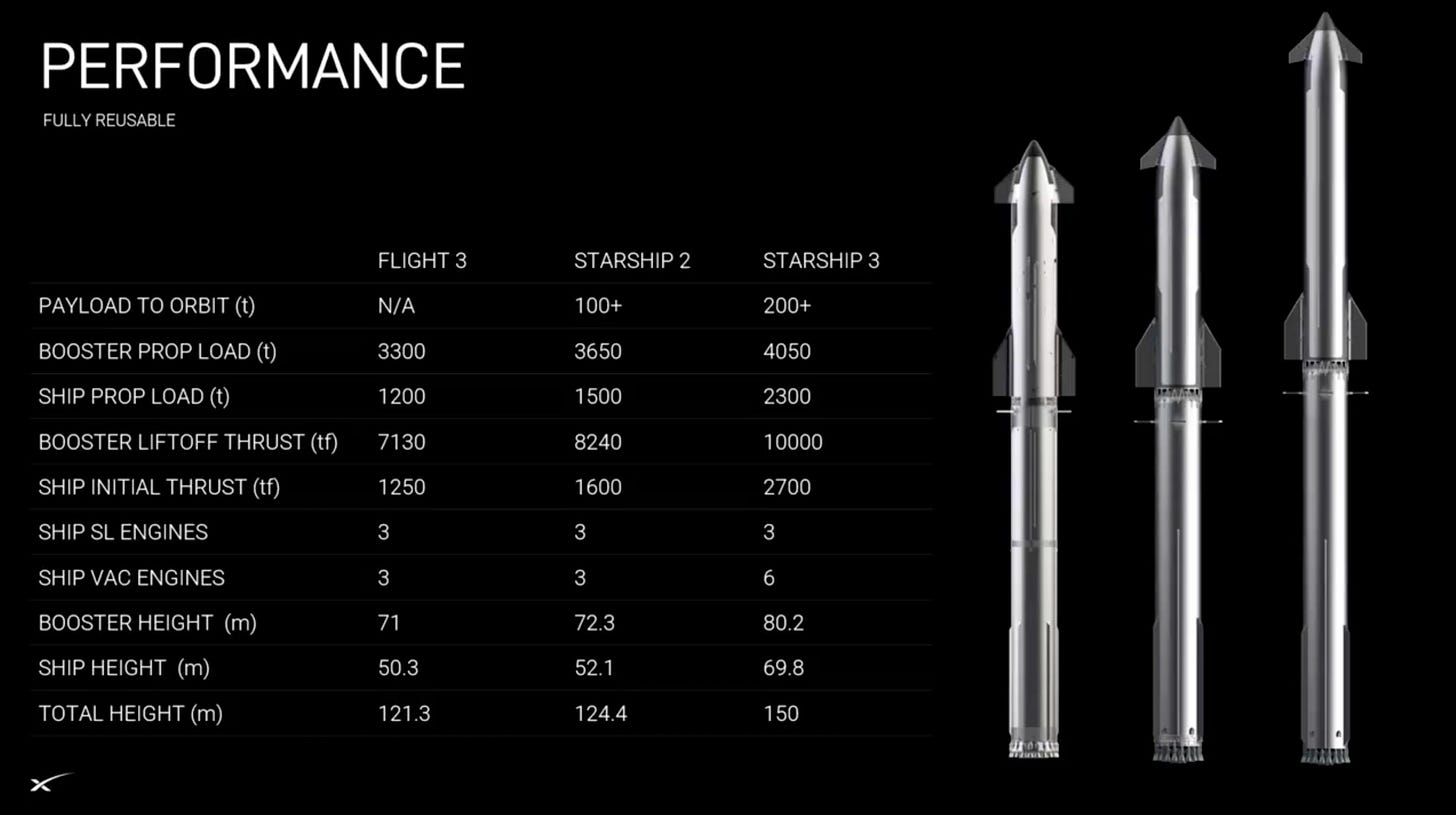January 16 was a big day for SpaceX with the seventh flight of Starship, which ended in a blaze of glory. Stakes were high as they enter the final straight before Starship goes operational. This will open a new era of space colonization, because Starship is fully reusable, making it thousands of times cheaper to operate than conventional rockets. As you might expect for a colonization vehicle its lift capacity is huge: 100 tons for Starship version 2, rising to 200 tons for version 3.
Steps Forward
Flight 7 was the first test flight of Starship version 2, which has many improvements e.g: -
Body stretched by 1.8m to increase propellant capacity
Smaller forward flaps were raised and shifted leeward to reduce heat stress during reentry
Improved heatshield layout
Separate fuel lines for Vacuum Raptor engines for redundancy
Fitted with a Starlink satellite dispenser
More powerful avionics system
The launch was picture perfect, with stage separation at 2 ¾ minutes, after which the Super Heavy booster returned and was caught by the launch tower. This was a big step because SpaceX plan to build one Starship every 24 hours and launch one colony spacecraft a day, if they can recover and reuse the booster.
Following stage separation Starship performed a 6 minute burn east towards Cuba. Unfortunately some propellant leaked from the fuel lines, which led to a fire, resulting in a ‘Rapid Unscheduled Assembly’ (RUD). For perspective: a new rocket has roughly 50% chance to fail on its first and second flights, so not unexpected. That said, some fallout is inevitable…
Starship RUD
Keep reading with a 7-day free trial
Subscribe to Chris’s Substack to keep reading this post and get 7 days of free access to the full post archives.




